Nightmare On Elm Street Changed Because Of A Little Girl And Swamp Thing
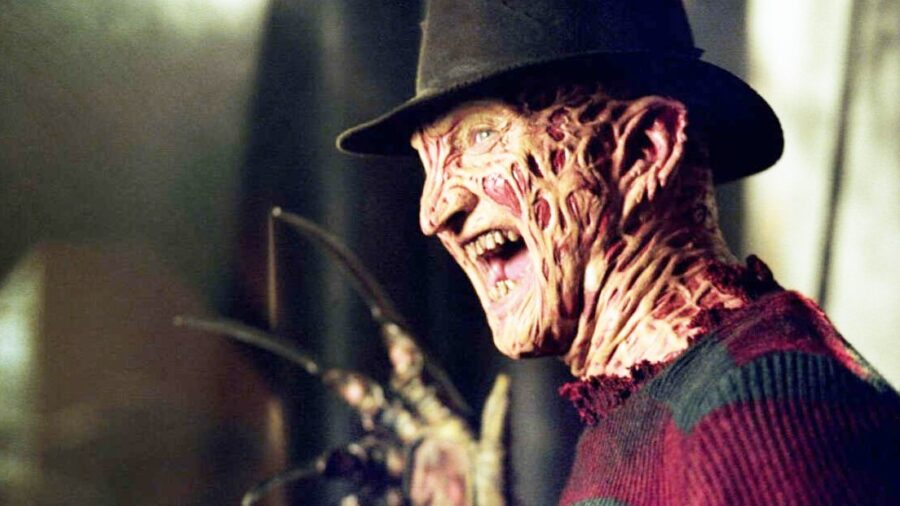
When horror icon Wes Craven discussed his 1982 movie Swamp Thing with his daughter Jessica, it reshaped the way he wrote female characters. This different approach would become evident in his hit movie A Nightmare on Elm Street with its protagonist, Nancy Thompson. That character marked a turning point for Craven and permanently changed the genre.
An Old Trope
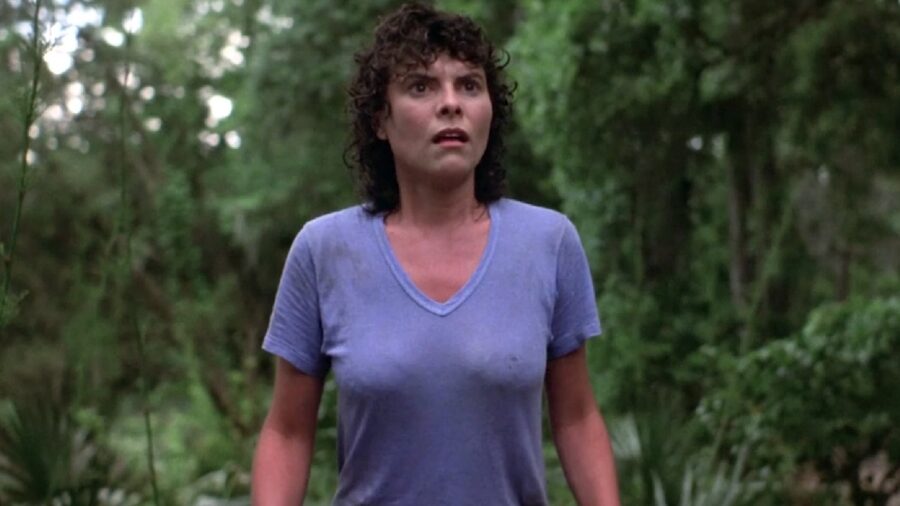
Jessica Craven’s Swamp Thing comment, which shaped A Nightmare on Elm Street made soon after, was a complaint about the heroine tripping during a chase. She pointed out to her father that the girls in his movies are always clumsy, something she didn’t identify with and found annoying. Rather than dismissing her criticism, he examined the trope and decided to try something different in his next movie.
A New Way Forward For Horror
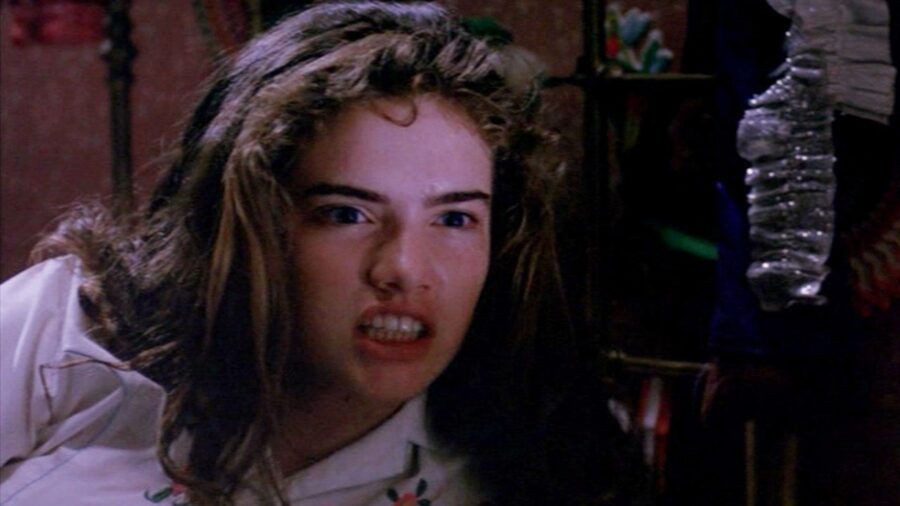
A Nightmare on Elm Street was the first step towards Craven addressing the problem Swamp Thing and his daughter had brought to his attention. Nancy Thompson, played by Heather Langenkamp, was competent, smart, and proactive rather than incompetent and defenseless. While a few other heroines, like Ellen Ripley from Alien, had displayed similar features, they were exceptions to the rule and rarely the types of young women common in the slasher genre.
Nancy still had many of the final girl tropes from older movies like Swamp Thing, but she also subverted the trope meaningfully. In A Nightmare on Elm Street, Nancy is a young, beautiful, attractive white woman who isn’t depicted engaging in casual sex or drug use, all the standard final girl qualities. However, they aren’t why she survives, she lives because of her quick thinking, intelligence, and resilience.
Turning The Tables On The Monsters
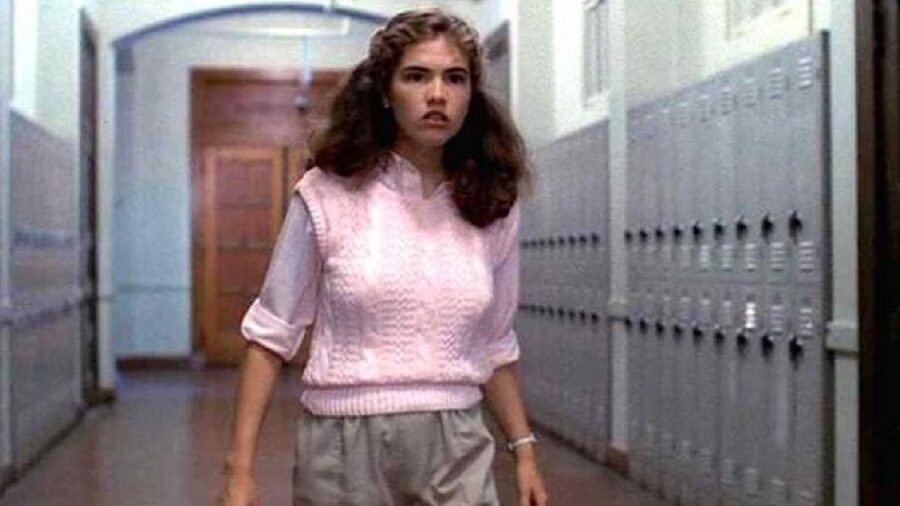
One of Nancy’s most iconic lines in A Nightmare on Elm Street is “I’m into survival,” which exemplifies the narrative difference between her and the women of earlier movies like Swamp Thing. Unlike Lori Strode in Halloween, Nancy isn’t saved by a male character, but she’s saved by the plan she makes and executes.
This isn’t just a change in characterization but a shift in plot structure, allowing victims to turn the tables on slashers and save themselves rather than relying on outside forces.
Wes Craven Kept It Going
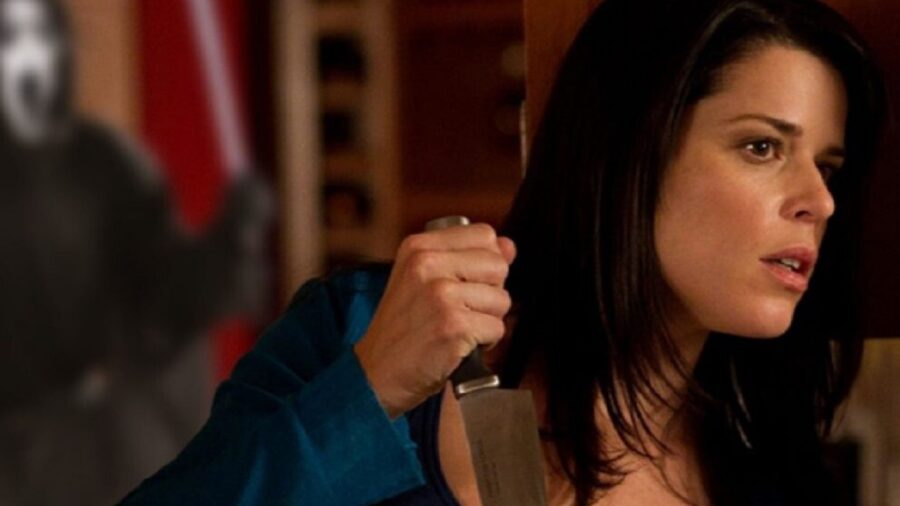
Future Wes Craven films would benefit from the lesson he learned from Swamp Thing. After A Nightmare on Elm Street, Wes Craven’s next big horror franchise was Scream, featuring another proactive, iconic final girl in Sidney Prescott. Throughout that franchise, Sidney, played by Neve Campbell, survives multiple iterations of Ghost Face by fighting back against and often killing the masked murderer.
Stranger Things Paid Homage
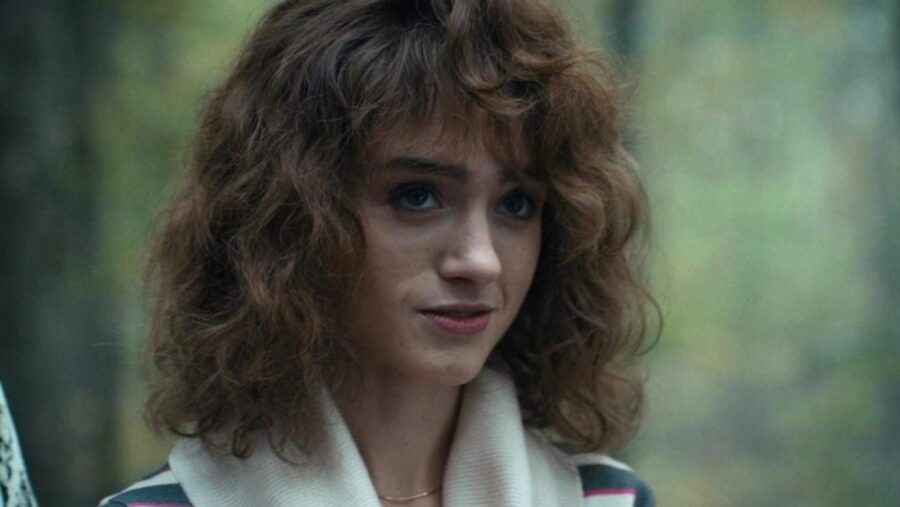
The version of the clumsy, helpless, final girl found in Swamp Thing has been largely displaced today. Nancy Wheeler in Stranger Things, named after the Nightmare on Elm Street character, is a smart, competent survivor who lives despite engaging in casual sex and drinking early in the show. Other more explicit subversions of the trope have appeared in movies and shows like Buffy and You’re Next, which are built around their female protagonist’s survival skills.
A Nightmare On Elm Street Redefined Horror

It’s hard to imagine a conversation between a father and his daughter would radically reshape an entire genre, but that’s exactly what happened with Wes and Jessica Craven. The difference between the female characters in Swamp Thing in 1982 and A Nightmare on Elm Street in 1984 is obvious, and Wes has cited that conversation as the reason. Craven’s influence then spread the message he got from his daughter throughout the genre, and horror is better for it.












